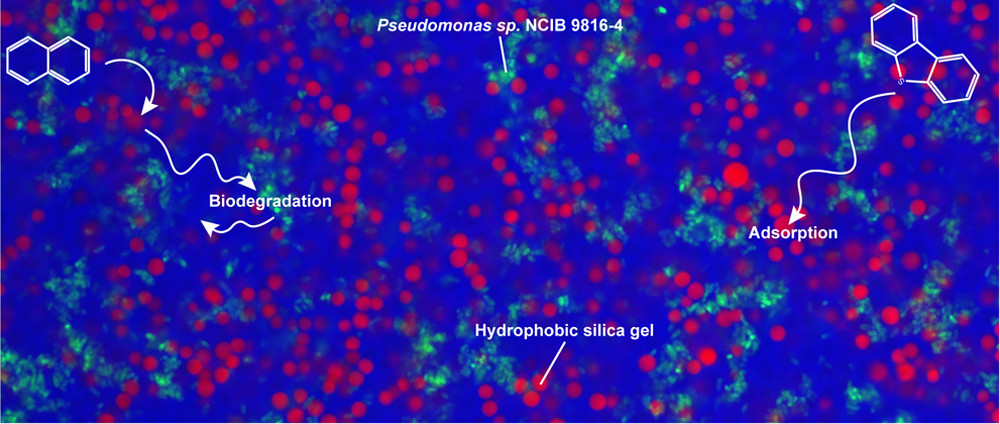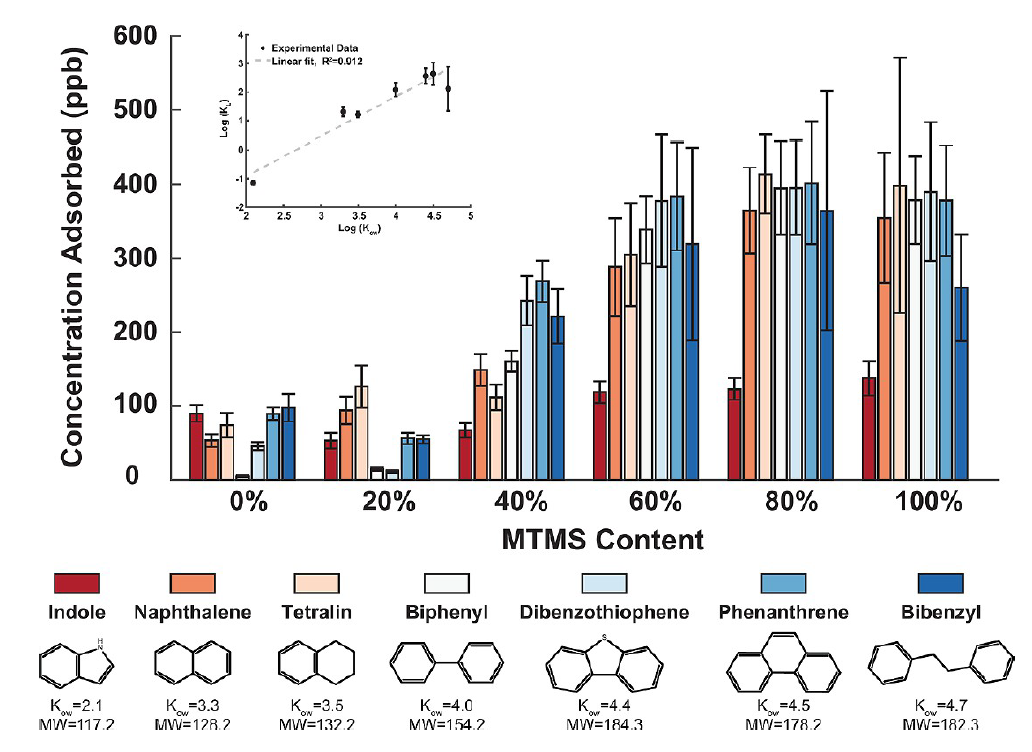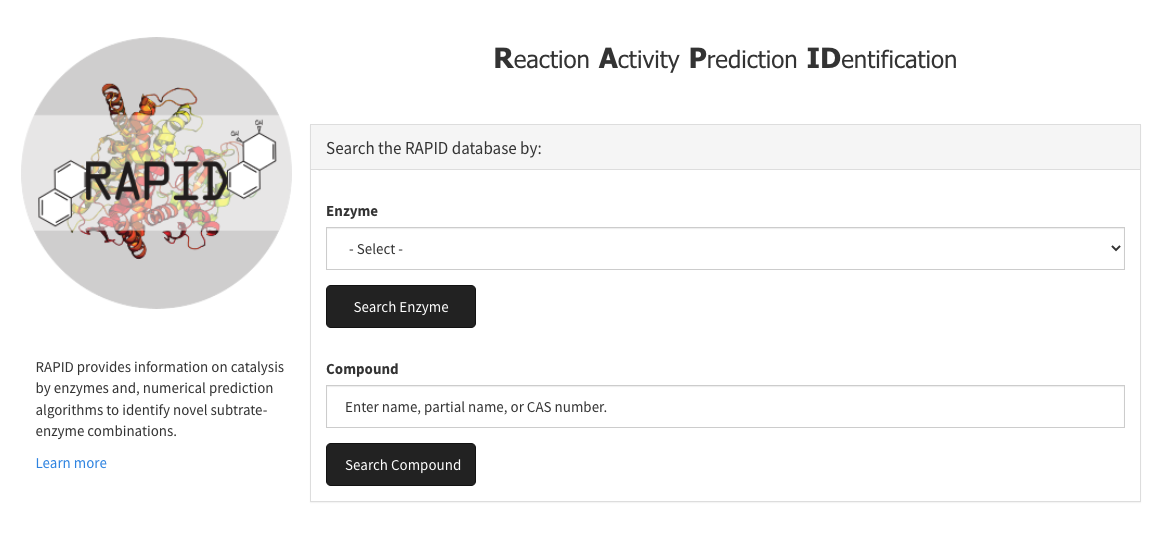Bacteria can easily metabolize and degrade many chemicals that are toxic to mammalian cells. Also, bacteria can survive extremes of pH, temperature, pressure, and salinity no mammalian cell can survive. This makes bacteria ideal organisms to be used in reactive biofilters to clean up polluted water, make high value chemicals for industry, and to build materials that have self-repair characteristics.
We encapsulate bacteria in hydrogels, where we can very carefully control their microenvironment, and protect them against environmental stresses. This also enables us to integrate them into existing industrial bioremediation systems.
Below, you can find some specific applications...
Synergistic bioremediation of hydrocarbons

Synergistical bacterial species can perform more varied and complex transformations of chemical substances than either species alone, but this is rarely used commercially because of technical difficulties in maintaining mixed cultures. We designed and produced a synthetic ecosystem by co-encapsulating two greatly different microorganisms: Pseudomonas sp. NCIB 9816, and Synechococcus elongatus PCC 7942. NCIB 9816 can aerobically biotransform over 100 aromatic hydrocarbons, a feat useful for synthesis of higher value commodity chemicals or environmental remediation. The cyanobacterium PCC 7942 was used to provide the necessary oxygen for the biotransformation reactions via photosynthesis. This study showed that complex systems can function synergistically when encapsulated.
Biodegradation of herbicides in water

Silica gels are ideal for encapsulation of biological materials (such as enzymes and bacteria) due to their tunable mechanical properties, durability, chemical stability, cost, biocompatibility, and mild synthesis conditions. Silica gel bioencapsulation is therefore used extensively in drug delivery, tissue engineering, biosensing, biocatalysis, and bioremediation.
When recombinant E. coli expressing the Atrazine degrading enzyme, AtzA, were encapsulated in organically modified silica (ORMOSIL) gels, their biodegradation capacity can be enhanced due to co-localization of the substrate at high concentrations in close proximity of the bacteria. This was enabled through controlled phase separation achieved in the ORMOSIL gels.
Journal of Colloid and Interface Science, 2018, 57.
Hydrophilic-hydrophobic gels to adsorb and degrade hydrocarbons

We developed an adsorbent silica biogel material by silica gel encapsulation of Pseudomonas sp. NCIB 9816-4, a bacterium that degrades a broad spectrum of aromatic pollutants. We showed that the biogel has enhanced water clean-up capacity when exposed to an aqueous solution containing a mixture of indole, napthalene, tetralin, biphenyl, etc.

Repeated use of the biogel over four cycles was demonstrated to show that the removal capacity could be maintained. The silica biogel can thus be used without the need for disposal or rechaging thanks to continuous biodegradation by the encapsulated bacteria.
ACS Appl Mater Interfaces, 2017, 9 (32), 26848
RAPID

We are also developing computational tools to determine whether a chemical is a substrate for a specific enzyme. This is a fast and innovative tool used to minimize the number of experiments to be run. Visit RAPID for more information.